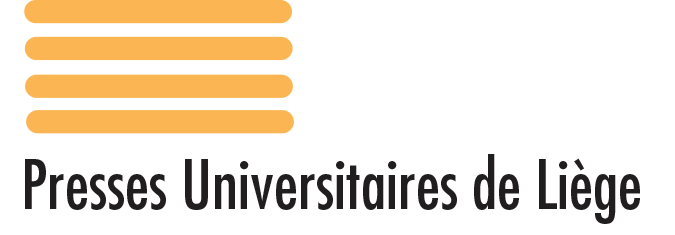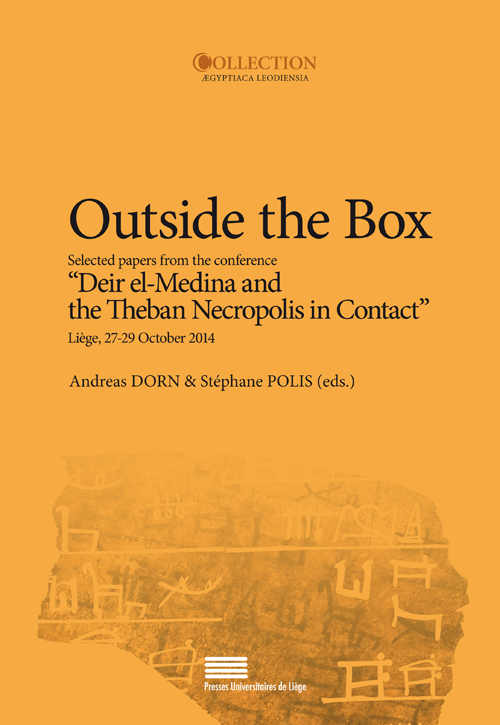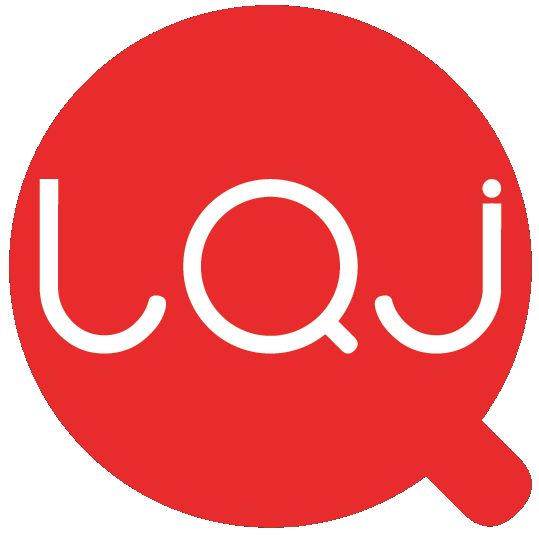Outside the Box
58,00 €
Selected papers from the conference “Deir el-Medina and the Theban Necropolis in Contact” Liège, 27-29 October 2014
par Andreas DORN & Stéphane POLIS (eds.)
This volume represents the outcome of the conference “Deir el-Medina and the Theban Necropolis in Contact: Describing the interactions within and outside the community of workmen” held in Liège in 2014 (27-29 October). The goal of this conference was to encourage a wider perspective on Deir el-Medina, bringing together scholars from all egyptological fields and disciplines who are interested in studying the many types of interactions that the ancient community of Deir el-Medina developed both internally and at the broader (supra-)regional level.
The title of the volume, “Outside the box,” refers to two important dimensions touched on by the papers in this volume. First, it points to the fact that a vast quantity of documents from Deir el-Medina and, more broadly, from the Theban Necropolis has been available for a long time to some restricted academic circles, but are now to be taken outside the box: this holds true not only for the publication of papyri and ostraca preserved in many collections across the world, but also for archival material describing the excavations at the site itself, and more broadly for the monuments that remain there still, but are not available to scholars or the general public. Second, most of the papers collected in this volume share a common feature, namely their attempt to think outside the box, using new theoretical frameworks, cross-disciplinary approaches, or innovative technological solutions. Accordingly, “Outside the box,” can be read both as a plea for making the fascinating material from Deir el-Medina more broadly available, and as a shout of admiration regarding the creativity and tireless inventiveness of scholars working on the sources stemming from this exceptional socio-cultural setting.
Andreas Dorn is professor of Egyptology at the University of Uppsala (Sweden). He specializes in cultural history, archaeology and architecture. He focuses mainly on the contextualisation of artefacts, including text-bearing objects, in order to investigate micro-historical phenomena. His ongoing research projects include the publication of the burial equipment of king Sety I, the architecture and archaeology of the tomb of Siptah, newly discovered graffiti in the Valley of the Kings and in the nearby desert valleys as well as the publication of hieratic texts from Deir el-Medina with a special focus on the texts linked to Amennakhte, son of Ipuy, whose biography forms part of a long-term project.
Stéphane Polis is research associate at the National Fund for Scientific Research (Belgium). His fields of research are ancient Egyptian linguistics, and Late Egyptian philology and grammar. His work focuses, on the one hand, on language variation and language change in Ancient Egyptian, and, on the other hand, on the publication and analysis of hieratic material from the community of Deir el-Medina. He supervises the development of the Ramses Project at the University of Liège with Jean Winand, and coordinates the Thot Sign List project and the semantic maps project Le Diasema with Thanasis Georgakopoulos.
Informations complémentaires
| Tomaison | Ægyptiaca Leodiensia 11 |
|---|---|
| ISBN | 978-2-87562-166-5 |
| Année | 2018 |
| Pages | 540 |



